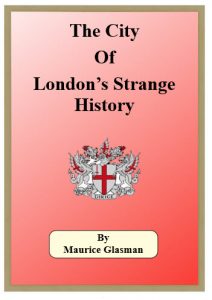THE CITY OF LONDON is known for its invisible earnings, as a hub of financial services such as insurance, commodities trading and investment. What is less well known is that the City of London Corporation is the oldest continuous democratic commune in the world. Two thousand years of self-government is quite an achievement. For no one to really notice is perhaps the greatest achievement of all. Invisible earnings, invisible power.
The law and practice of the Romans, the City’s founders, became the basis of London’s institutions and political language. The status of “citizen” has been retained ever since. The City also adopted through its democratic ward system and court hustings many aspects of Saxon civic practice. The “folk-moot”, for example, was a regular meeting of all citizens at St Paul’s Cross, called by the ringing of the bells, where matters of concern would be discussed and voted upon. This formed the basis of the Corporation of London and founded its position in the Ancient Constitution.
While laying waste to the rest of the country, William the Conqueror “came friendly” to London, recognised the liberties of its citizens, pledged to defend their freedoms and fortified the City against barbarian attack. London’s special status within the constitution was upheld by a stream of charters and privileges that protected the City of London from external interference.
In Magna Carta, the 1215 charter of rights between King John and the barons, not only are the rights of the “whole body” of citizens respected but the mayor of London was designated as one of two guarantors charged with ensuring that the Crown kept its side of the bargain.
